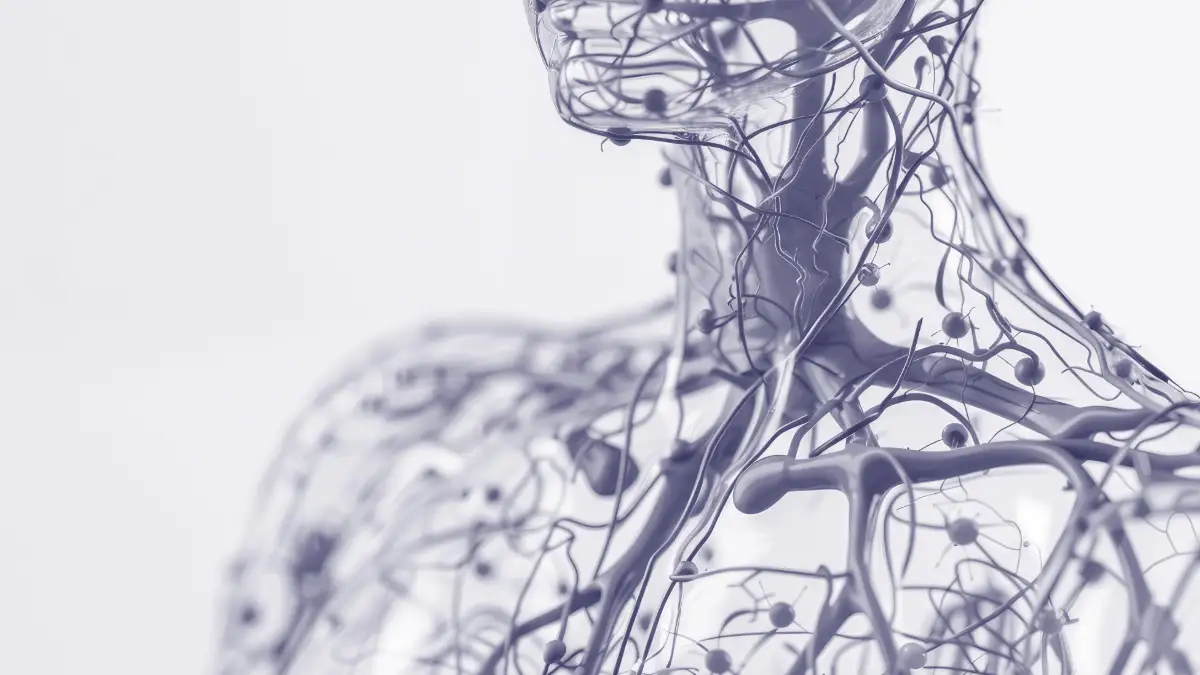Both dry brushing and lymphatic massage can help your lymphatic system work more effectively.
These techniques help tissues work better by boosting blood flow and moving lymph fluid, which can reduce swelling and improve skin health.
When to Use Each:
- Dry Brushing is often done before a shower to combine the benefits of exfoliation with lymphatic stimulation.
- Lymphatic Massage can be performed on its own or as part of a relaxation routine, and it doesn’t require any equipment, just your hands.
Both techniques are simple and can be easily incorporated into your daily routine. Enjoy giving your body a little extra care!
Watch the video tutorials on this page to learn how to do each one step-by-step:
Dry Brushing Tutorial
This video does a good job of explaining how dry brushing works, and explains how you can do it yourself.
Did you know that your lymphatic system doesn’t have a pump like your heart does?
It relies on muscle movement and simple practices like walking, stretching, and even deep breathing to help move lymph fluid around your body.
Lymphatic Message Tutorial
This video explains lymphatic drainage massage.
Did you know that the lymphatic system is an important part of your immune system?
It helps to remove waste and fight infections by transporting white blood cells throughout your body. Keeping it healthy supports your body’s ability to defend against illnesses.
Safety and When to Seek Medical Attention
Lymphatic massage and dry brushing can be beneficial for many, but it’s important to avoid potential risks and complications.
Lymphatic Massage Safety
Though generally safe and helpful for conditions like lymphedema, lymphatic massage may not be suitable for everyone.
If you have heart issues, kidney failure, blood clots, or any infections, it’s best to consult your physician first.
Dry Brushing Safety
Dry brushing is typically safe when done correctly, but excessive pressure, frequency, or brushing sensitive areas can cause irritation, redness, or even tiny skin tears.
Avoid brushing over open wounds, infections, moles, or skin growths to prevent aggravation or spreading of infections.
Regularly clean your brush to avoid bacterial build-up, and stop if you notice discomfort or irritation.
Bottom line: If in doubt, reaching out to your healthcare provider is a good idea.
